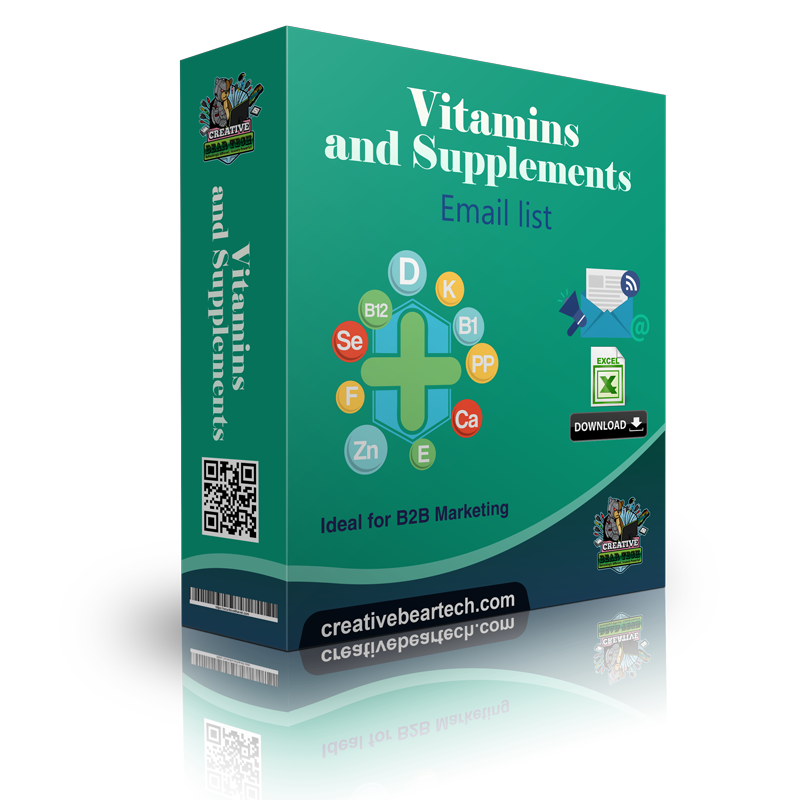How to write catchy email subject lines
11 reasons why your emails go to spam? Teasers: If done incorrectly, teaser subject lines can turn into clickbaity, “you won’t BELIEVE what happened next” subject lines. Use your teaser subject line to generate interest in your topic without sensationalizing it. Example: “video ads” Announcements: If there’s something new going on, your subscribers want to know about it. You don’t have to say “Announcing…” and make your announcement but these subject lines should be straightforward and written to generate excitement. Example: “[ANNOUNCING] Messenger Marketing with Molly Pittman” Lists: People love numbered lists. It’s hard-wired into our DNA or something. Plus, a number in your subject line is going to make it stand out a bit more. Example: “11 Copywriting books you should (probably) read…”
If you’re entirely new to email marketing, we suggest you start with our guide to email marketing before coming back and implementing these email marketing tips to increase open rates. If you’re familiar with email marketing already, let’s get started off on the same page with a quick definition of what an email open rate actually is and what a typical open rate looks like. What Is an Email Open Rate? An open rate in email marketing is the percentage of the total times your email campaign was opened by subscribers. This is a pretty simple formula: Email open rates are often shown with other email marketing metrics like click-through rates, bounce rates, and unsubscribe rates, but open rates are a pretty important starting point for understanding how your email marketing campaigns are performing and where they can be improved. If you have a low email open rate, for instance, you can then test your subject lines, sender name, or any number of other details that might impact your campaign performance. You might also take a look at how often you’re sending emails to make sure you’re not overwhelming your subscribers.
Initially, the term “search engine marketing” was used as an umbrella term for the process of gaining both paid and free search traffic. Over time, the industry switched to using the term “SEM”, or Search Engine Marketing, solely for paid activities. So, what does this type of digital marketing mean? Search engine marketing refers to a form of digital marketing that aims at increasing the visibility of a website in search engines by using paid methods. In other words, it’s the ads you put out there on Google AdWords and Bing Ads. You can recognize paid search results in Google by the little sign “Ad” at the beginning of the URL. Also, Google puts these pages first in the search results. By combining SEO and SEM, you can drive quality traffic to your website. With the help of search engine marketing, you can put yourself in front of the audience that is actively searching for services and brands like yours. Find even more details at https://cbtemailextractor.com/blog/the-complete-guide-to-proxies-for-web-scraping/.
Our direct send feature will bypass your SMTP servers and will try to send your email directly using your system’s DNS. This feature will act as a helpful fallback sending feature in the event that your SMTP servers are not working. Generally, when CBT Bulk Email Sender encounters a non-working SMTP server, it will try to send your message using another SMTP server. The direct send feature is particularly helpful if you do not have many SMTP servers.

What is Local SEO? Local SEO is an act of optimizing your local business website so that you are found for the local searches in Google that are most relevant to your business. What is the difference between local SEO and organic SEO? Organic SEO is the practice of optimizing your business website to make it search-engine compliant, and get it ranked in SERPs for the relevant keywords. Local SEO is more about building relevant signals around a particular location. Organic SEO has its goal to get ranked as high as possible for a set of target keywords whereas local SEO aims to get into the local listing packs.
A study from Adobe estimates that millennials spend about 6.4 hours each day reading their emails. It’s not just millennials using email. Most people use email daily, and they check their inbox everywhere: while working out, eating, and even using the bathroom. Email marketing provides a reliable form of communication between your brand and your customers. It’s a cost-effective solution to reach customers where they visit every day — their inbox. Find out the other benefits that make email marketing a smart solution for communicating with your audience, finding new customers, and growing your business. Read even more information on Lead Generation Guide.